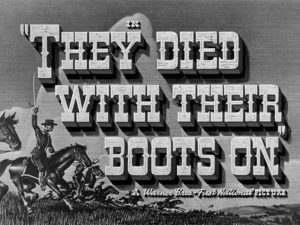 Like me, many of you may have seen the decades old movie about George Armstrong Custer titled “They Died With Their Boots On.” If I remember correctly, in the movie, Custer said the Seventh Cavalry was being “sacrificed” in order to give reinforcements time to get there so they could wipe you those nasty Indians. While such drivel was great for the movies, historically it was balderdash. But then, who expects truth out of Hollyweird anyway?
Like me, many of you may have seen the decades old movie about George Armstrong Custer titled “They Died With Their Boots On.” If I remember correctly, in the movie, Custer said the Seventh Cavalry was being “sacrificed” in order to give reinforcements time to get there so they could wipe you those nasty Indians. While such drivel was great for the movies, historically it was balderdash. But then, who expects truth out of Hollyweird anyway?
I’ve seen several movies over the years where Custer’s last stand was part of the script. None of them got it right. Custer is usually portrayed as the mythical hero upholding “truth, justice, and the American way”. Of course some of our “history” books don’t do much better.
If you watch any of these movies, the “last stand” seems to go on forever. Years ago, I watched something on a television history program where they had actually interviewed either one of the old Indians who had fought Custer or his son – I don’t recall which. They asked how long the last stand had actually lasted, to which he replied “About as long as it takes a hungry man to eat his lunch.”
I’ve been to the Custer Battlefield. In the visitor center there they had a Crow Indian lady who explained the battle there to visitors in some detail, as the battle was actually fought on Crow reservation land, and the Crows wanted neither the whites nor the various bands of Sioux, Cheyenne’s and Arapahoe’s there. Studying the ground there, and the Crow lady’s commentary bears this out, by the time Custer got to what they call “last stand hill” where he died, he had no more than 40 men left standing. The rest of them had died trying to get there. They had markers all the way along showing where men had died, either singly or in small groups. So, with only about 40 men left and thousands of Indians there, you can bet the last stand was not a prolonged event. The old Indian they interviewed was probably pretty accurate in his comment about the length of the battle.
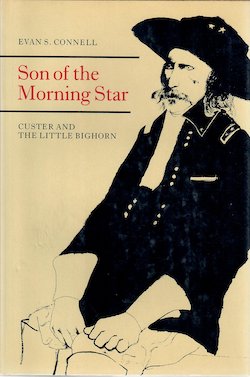 The whole campaign against the Sioux that year was planned in Chicago and the intelligence about the number of hostiles there was terribly faulty. Custer didn’t realize what he was up against until it was too late. But then, Custer was a bit arrogant too. He seemed to feel that his 7th Cavalry could handle most anything. Ten years before, Capt. William Fetterman had the same problem down in Wyoming. Fetterman said “Give me 80 men and I will ride through then Sioux nation.” Well – Fetterman, disobeying orders, tried to ride through the Sioux nation and the Sioux nation massacred him.
The whole campaign against the Sioux that year was planned in Chicago and the intelligence about the number of hostiles there was terribly faulty. Custer didn’t realize what he was up against until it was too late. But then, Custer was a bit arrogant too. He seemed to feel that his 7th Cavalry could handle most anything. Ten years before, Capt. William Fetterman had the same problem down in Wyoming. Fetterman said “Give me 80 men and I will ride through then Sioux nation.” Well – Fetterman, disobeying orders, tried to ride through the Sioux nation and the Sioux nation massacred him.
Years ago my wife gave me a book, for my birthday I think it was. It was called “Son of the Morning Star” and it was a history of Custer’s military life. I started reading it back then and somehow got sidetracked and didn’t finish it. I finished reading it last year in the nursing home. There was a lot in it that is worth comment and I think I will do some of that in future articles.
Many folks in the Southern Heritage Movement do not look upon General Custer with any fond recollections. For this they have very good reasons.
Custer’s Faulty Intelligence
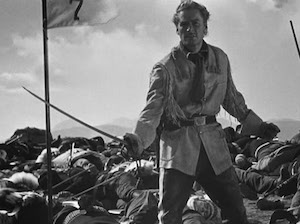 Many have wondered at the results of Custer’s Last Stand against the Sioux and other Indian BS. You may well find as many different opinions on that as you do writers. One thing I heard, though, at the visitor center at the Custer battlefield was that the intelligence that Custer had concerning the number of hostiles he was up against was faulty. The book “Son Of The Morning Star” by Evan S. Connell seems to bear some of that out.
Many have wondered at the results of Custer’s Last Stand against the Sioux and other Indian BS. You may well find as many different opinions on that as you do writers. One thing I heard, though, at the visitor center at the Custer battlefield was that the intelligence that Custer had concerning the number of hostiles he was up against was faulty. The book “Son Of The Morning Star” by Evan S. Connell seems to bear some of that out.
On page 263 it was noted that:
“The size of the hostile village seems to have worried Custer. Before leaving the Yellowstone he was told by Crow scouts that it was unusually large. Furthermore, he had reason to suspect that the modest estimates that Terry got from headquarter might be inaccurate.”
“A more serious discrepancy occurred because many warriors had slipped away from the reservations to join Sitting Bull, although their absence was not reported by reservation agents. The reason these defectors went unreported was good old Yankee avarice; Agents profited according to the number of Indians on the reservation. Which is to say, an agent foolish enough to report a decrease in population was raking a bite out of his own paycheck.”
So part of Custer’s problem may well have been good old Yankee greed.
Mr. Connell also noted: “So it went. Falsified information trickled sown through the bureaucracy, eventually reaching armies in the field, and Custer had been told to expect 1500 warriors. Accordingly, this is what he told his subordinates, although the sense of depression seems to reflect the gravity of his doubts.” Just maybe, at this point, Custer was beginning to feel as if he’d been had. Not entirely inaccurate.
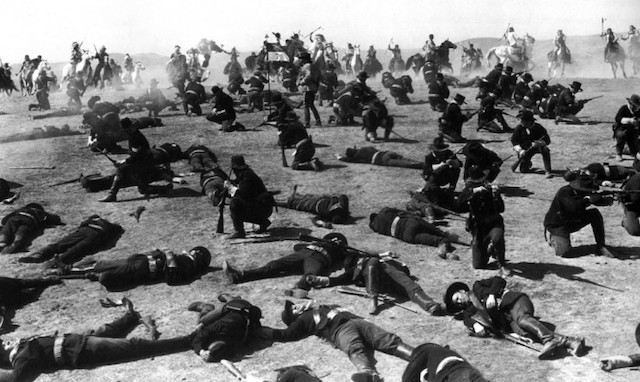 Interestingly enough, his Ree (Arikara) scouts did not want him to follow the Sioux. It was as if they had a premonition what the result would be. Despite all this, Custer seems to have overlooked it, even with his own reservations.
Interestingly enough, his Ree (Arikara) scouts did not want him to follow the Sioux. It was as if they had a premonition what the result would be. Despite all this, Custer seems to have overlooked it, even with his own reservations.
The author observed: “Thus, chaperoned by Lady Luck, Custer advanced. At worse, by assaulting this congregation of feathered savages he would lose his life and the lives of everybody that followed him. A less disagreeable script included failure, accompanied by the humiliating necessity of defending himself until Gibbon and Terry arrived. But a third possibility must have obscured such lugubrious thoughts. The third possibility foresaw his regiment scattered in the most dangerous horde of Indians ever gathered on the American continent. If that should be so, then he – George Armstrong Custer – would ride in triumph through the streets of Washington like Alexander through Persia.”
My own opinion is that Custer wanted to be president. And he hoped that if this battle somehow went his way it would put that plum in his lap.
I don’t think the “powers that be” at that point in Washington would have let that happen. Custer was too much of a loose cannon and they already has their agenda lined up and were not about to let Custer mess it up. The Deep State – in any century – does not like outsiders, and works to keep them outside in the cold and away from the reins of power. It has done the same in the 21st century with Trump and Ron Paul and as it did it in 1964 with Goldwater.
And I have to wonder if the faulty intelligence Custer received before the battle had anything to do with that.
June 20th and 21st, 2022
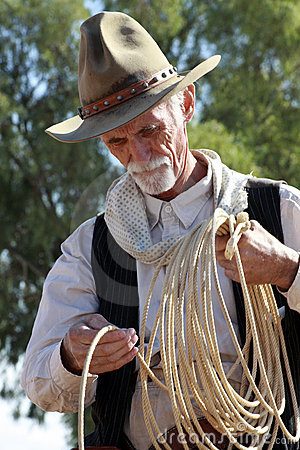 ~ The Author ~
~ The Author ~
Al Benson Jr. is the editor and publisher of “The Copperhead Chronicle“, a quarterly newsletter that presents history from a pro-Southern and Christian perspective. He has written for several publications over the years. His articles have appeared in “The National Educator,” “The Free Magnolia,” and the “Southern Patriot.” I addition he was the editor of, and wrote for, “The Christian Educator” for several years. In addition to The Copperhead Chronicles, Al also maintains Revised History.
He is currently a member of the Confederate Society of America and the Sons of Confederate Veterans, and has, in the past, been a member of the John Birch Society. He is the co-author, along with Walter D. Kennedy, of the book “Lincoln’s Marxists” and he has written for several Internet sites as well as authoring a series of booklets, with tests, dealing with the War of Northern Aggression, for home school students.
Mr. Benson is a highly respected scholar and writer and has graciously allowed the family of Kettle Moraine Publications to publish his works. We are proud to have his involvement with this project.
He and his wife now live in northern Louisiana.
